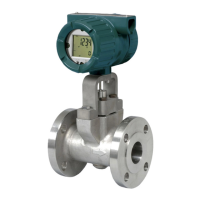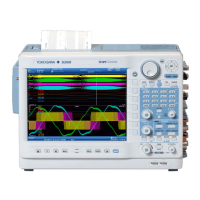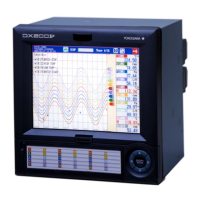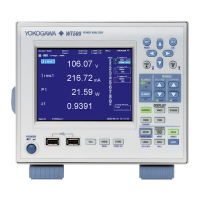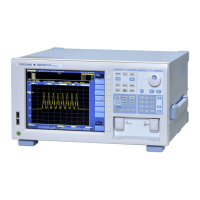<3. ABOUT FIELDBUS>
3-1
IM 01F06F00-01EN
3. ABOUT FIELDBUS
3.1 Outline
Fieldbus is a bi-directional digital communication
protocol for eld devices, which offers an
advancement in implementation technologies for
process control systems and is widely employed by
numerous eld devices.
The Fieldbus communication type of the
digitalYEWFLO employs the specication
standardized by the Fieldbus FOUNDATION, and
provides interoperability between Yokogawa
devices and those produced by other
manufacturers. Featuring two AI and two DI function
blocks in each, the Fieldbus communication type’s
software enables a exible instrumentation system
to be implemented.
For information on other features, engineering,
design, construction work, startup and maintenance
of Fieldbus, read “Fieldbus Technical Information”
(TI 38K03A01-01E).
3.2 Internal Structure of
digitalYEWFLO
Each digitalYEWFLO contains two Virtual Field
Devices (VFDs) that share the following functions.
3.2.1 System/Network Management VFD
• Sets node addresses and Physical Device tags
(PD Tag) necessary for communication.
• Controls the execution of function blocks.
• Manages operation parameters and
communication resources (Virtual
Communication Relationship: VCR).
3.2.2 Function Block VFD
(1) Resource (RS) block
• Manages the status of digitalYEWFLO
hardware.
• Automatically informs the host of any detected
faults or other problems.
(2) Transducer (TR) block
• Converts the ow sensor output to the
volumetric ow rate signal and transfers to an AI
function block (AI1).
• With the option /MV
- Converts temperature sensor output to the
process uid temperature and calculates the
uid density.
- Calculates the mass ow rate from the uid
density thus obtained and the volumetric ow
rate obtained with the ow sensor.
- Transfers these calculation results to AI
function blocks.
• Transfers limit switch signals to DI function
blocks.
(3) AI function blocks (three)
• Output owrate and temperature.
• Condition raw data from the TR block.
• Carry out scaling and damping (with a rst-
order lag), and allow input simulation.
(4) DI function blocks (two)
• Limit switches for the ow rate and temperature
(option /MV).
(5) IT function block (one)
• Accumulate given values.
(6) AR function block (one)
• Calculate input values.
(7) PID function block (option /LC1)
• Performs the PID computation based on the
deviation of the measured value from the
setpoint.

